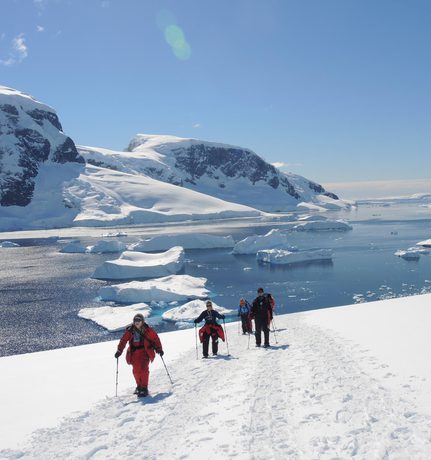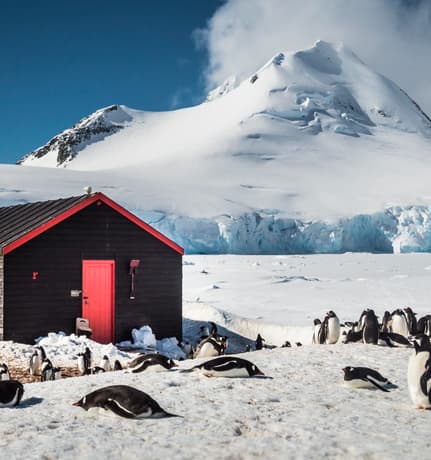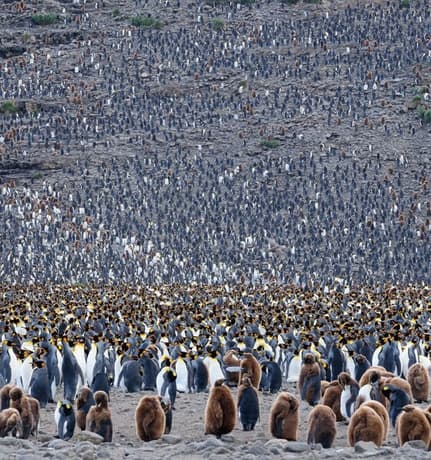Price From
Guide Price
Per person excluding international flights. Based on two sharing a room in March 2024. See Prices section below for rates for the rest of the season and send an enquiry for full details.
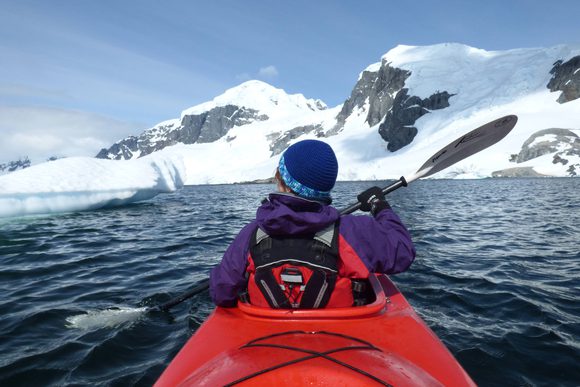
Incredible activities, wildlife all around, epic icebergs...
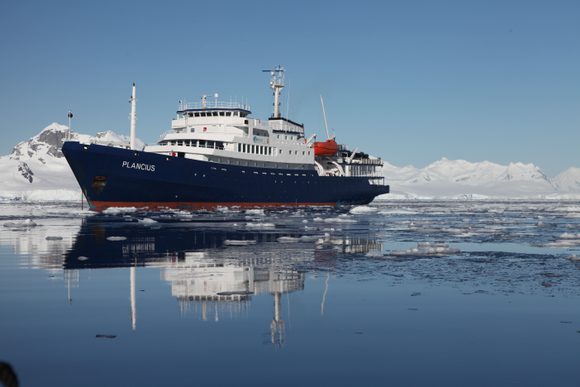
... This is the ultimate active cruise to Antarctica
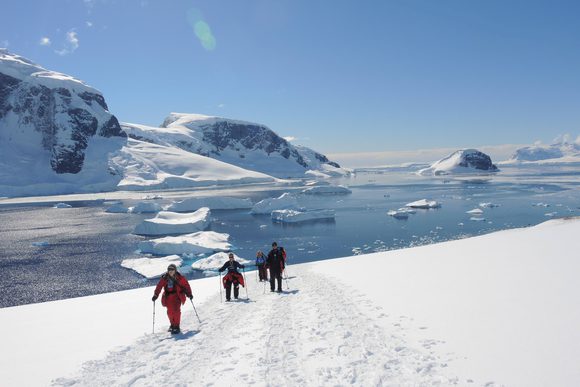
Enjoy sea kayaking and snowshoe walks...
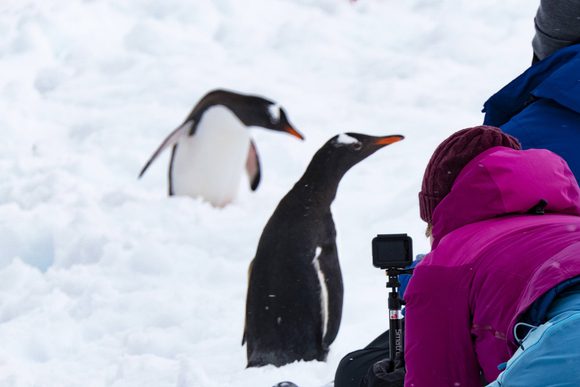
Unforgettable wildlife encounters...
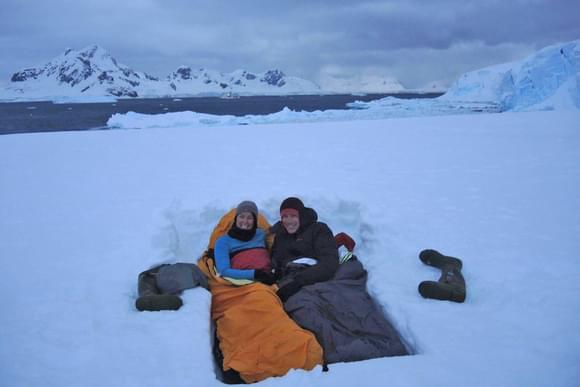
And even spend a night under the stars...
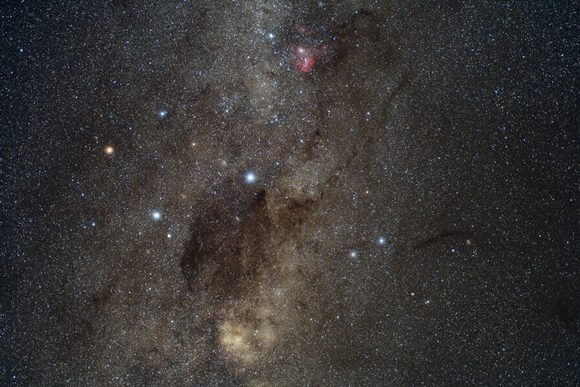
... As you gaze deep into the Milky Way at night
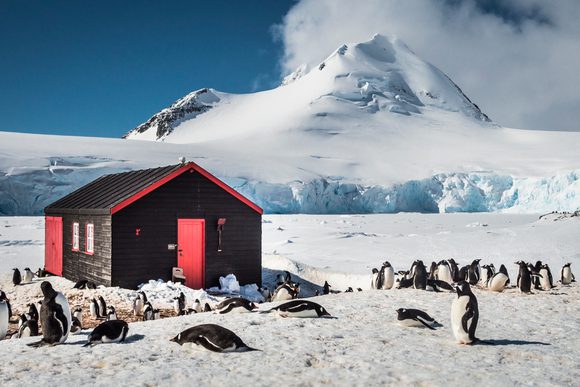
Immerse yourself in the human history of Antarctica...
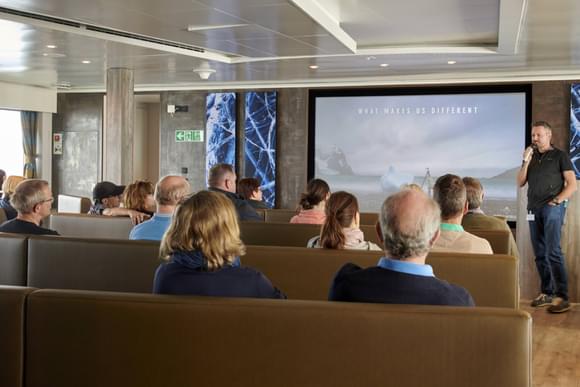
Experience great hospitality and expertise on board...
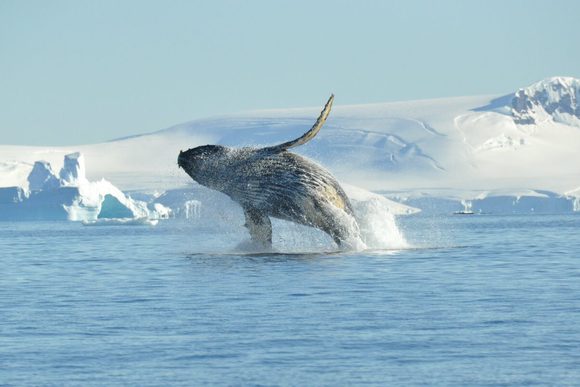
... And look out for whales from the open deck
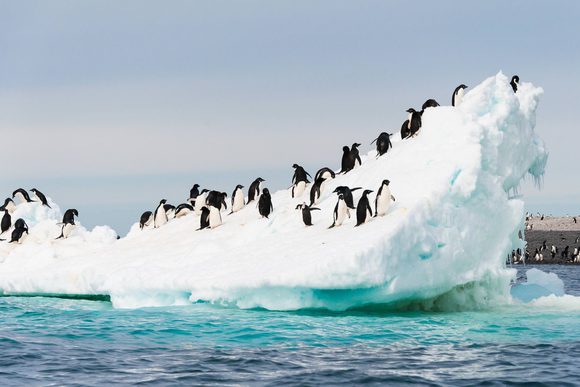
See below for more and enquire for full details
Active Antarctica Adventure Cruise
Typical Duration
Price From
Guide Price
Per person excluding international flights. Based on two sharing a room in March 2024. See Prices section below for rates for the rest of the season and send an enquiry for full details.
All the wildlife and snowcapes, with added activites and a night under the stars. Experience Antarctica more profoundly on this small-ship expedition cruise.
- 11-night active cruise
- Specialist polar ship
- Penguins galore
- Sea kayaking
- Snowshoeing
- Sleep under the stars
- Photo workshops
- Hiking
What's Included
Key Inclusions
5 nights hotel
12 nights Antarctica cruise
All breakfasts
12 x lunches
12 x dinners
Private airport transfers
Guided Activities
Half-day city tour
Half-day hike
Full-day activities on board
5* Service
We have personally experienced & loved every aspect of this trip
Holiday Guide with advice, background information and recommendations
ABTOT / ATOL Financial protection
Local support throughout
24/7 emergency support
Industry-leading 160% carbon capture
Exclusive departure date
Please note: International travel not included.
Day by day itinerary
Active Antarctica Adventure Cruise
Cookies must be enabled in order to view maps

Day 1
Arrive in Buenos Aires
Day 2
Discover Buenos Aires on and off the beaten path
Day 3
Travel to the end of South America
Day 4
Set sail along the Beagle channel
Day 5
Cross the Drake passage
Day 6
Arrive to the South Shetland Islands
Day 7
Enjoy your first zodiac boat ride
Day 8
Get closer to wildlife
Day 9
Spend a night under the Austral stars
Day 10
Snowshoe up to a high ridge
Day 11
Discover the grand tales of Antarctic exploration
Day 12
Kayak close to icebergs and wildlife
Day 13
Continue to explore
Day 14
Start your return journey across Drake Passage
Day 15
Return to Patagonia
Day 16
Disembark and fly to Buenos Aires
Day 17
Head for home, or keep exploring
FAQs
When is the best time to go?
Is this trip suitable for solo travelers?
How active is this trip?
How are the activities organized?
Do I need specialist gear?
How comfortable will I be?
Will I get seasick?
What meals are included on board?
What does a day on board look like?
Will I be cut off from the world?
What might I not have thought of?
Can I make changes to this trip?
Want to ask us a question?
Alternative trips you might enjoy







